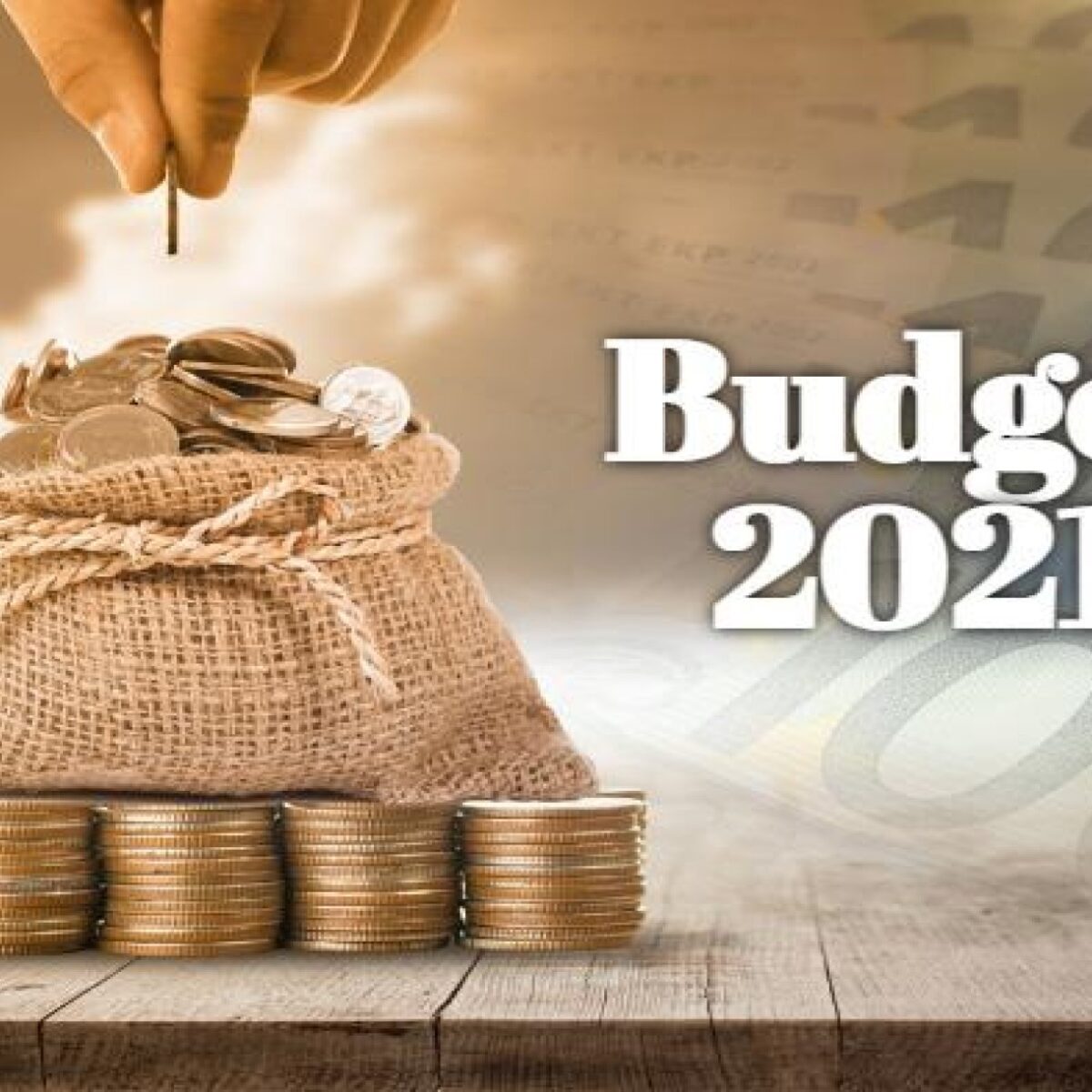We have come across many debates with regard to the recent Union Budget released by our Honourable Finance Minister Mrs. Nirmla Sitharaman on 1st February 2021. However it is very important to know the key highlights of the budget.
The budget this year focuses on the seven factors for reviving the economy including health and wellbeing, physical financial capital and infrastructure, innovation, research and development etc. Moreover amendments with regard to direct and indirect taxes were also proposed this time.
The budget was further bifurcated as follows:
Atma Nirbhar Bharat Abhiyan
This section particularly focuses on reformation in fields like government sector, agriculture etc.
GOVERNMENT REFORMS
· Increase in borrowing limits of state governments
· Privatisation of Public Sector Enterprise
ENERGY
· Liquidity support for discoms
· Elimination of Regulatory Assets
· Commercial coal mining
· Reduction in cross subsidy
MSMEs AND INDUSTRY
· Collateral free loans for businesses
· Fund of funds will be set up for MSMEs
· PM Garib Kalyan Yojana
· Subordinate debt for MSMEs
· Disallowing global tenders of up to Rs 200 crore
· Change in definition of MSMEs
SOCIAL SECTOR
· National Digital Health Blueprint
· Additional Allocation for MGNREGAS
· Technology driven education: PM eVidya, National Foundational Literacy and Numeracy Mission
AGRICULTURE AND ALLIED SECTORS
· Concessional Credit Boost to farmers
· Agri Infrastructure Fund
· Emergency working capital for farmers
· Animal Husbandry infrastructure development
· Amendments to the Essential Commodities Act
· Agriculture marketing reforms.
Approach to Health
· PM Atma Nirbhar Swasth Bharat Yojna.
· Outlay ₹64180 crore over 6 years
· Support for Health and Wellness centres.
· Setting up of Integrated Public Health Labs etc.
Industry and Infrastructure Development
· PLI launched to create manufacturing global champions across 13 sectors
With amount committed nearly ₹1.97 lakh crore in next 5 years starting
FY 2021-22
· MITRA Scheme to create world class infrastructure for global champions in
textile sector leading to creation of 7 textile parks over 3 years.
· National rail plan to develop adequate rail infrastructure by 2030
· PNG reforms
· Maximising Infra financing.
Similarly many schemes and changes were implemented under Urban Development, Financial Reforms, Inclusive Development, Migrant workers and labourers, Human capital, Fiscal position, Tax proposals were proposed in the budget.
The budget speech this year was the longest ever but had both positive and negative points. The budget focuses on the new and modern India but fails to understand the current position of the country which made the proposal argumentative in nature. Notwithstanding the budget highlights the positive and negative takeaway for the same can be drawn in the following way
Positive points
- Private participation in LIC, railways, and public sector banks;
- Corporate farming through long term leases to improve the productivity and profitability of the farm sector;
- A comprehensive vision for integrated rural development;
- Healthcare in PPP mode;
- Admitting commercialisation needed in the education and training sector, and permitting FDI and ECBs; an admission that education in humanities stream is mostly unproductive; and allowing online degree courses;
- The exploitation of idle farm and railway land for solar energy production;
- Unleashing power sector to grow like the telecom sector did in past 15 years — prepaid metering and portability of service provider;
- Acknowledging the needs for modern businesses and society — local data storage, investment in modern technologies likes analytics, machine learning, robotics, bioinformatics and Artificial Intelligence, ensuring high-quality standards; world-class logistics, etc.;
- Focusing on the strengths of India — iconic heritage centres; preparing teachers and healthcare workers for the global communities; preparing Indian universities for global students;
- Increasing the age of marriage and motherhood for women.
Negative points
- The tax structure for individual taxpayers has been made more complicated, contrary to the promise of simplification.
- It’s the sixth straight budget that talks about eliminating tax terrorism. The finance ministers admit year after year that tax terrorism is a reality and it is hindering growth. So far there is little delivery on the promise of eliminating this undue harassment of taxpayers. Rather each new promise further erodes the credibility of the government.
- The allocation of resources to critical sectors like health, education, and rural development is not commensurate with the statement of intent made in the first part of the budget speech.
- The reluctance to temporarily suspend FRBM application is perplexing. The resource constraint is too conspicuous. The benefits of additional spending on the reforms agenda are well defined. The benefits of violating FRBM targets, if the reform agenda as outlined in Economic Survey and Budget speech is religiously implemented, would outweigh the cost in the short term.
- The economy wanted more money in consumers’ hands. The method minister has chosen to discourage savings by opting for the new personal tax rate structure. This may not be the best way of promoting consumption.
- The removal of dividend distribution tax shall result in materially higher taxation for the investors. This is contrary to the intent.
Hence the budget this year had both the positive and negative side which very much sums up the current condition of the country, there will be developments but there will also be some problems but it is very important to understand the subject before drawing any conclusion. Therefore the highlights shall be known to everybody before any grievances rises.








